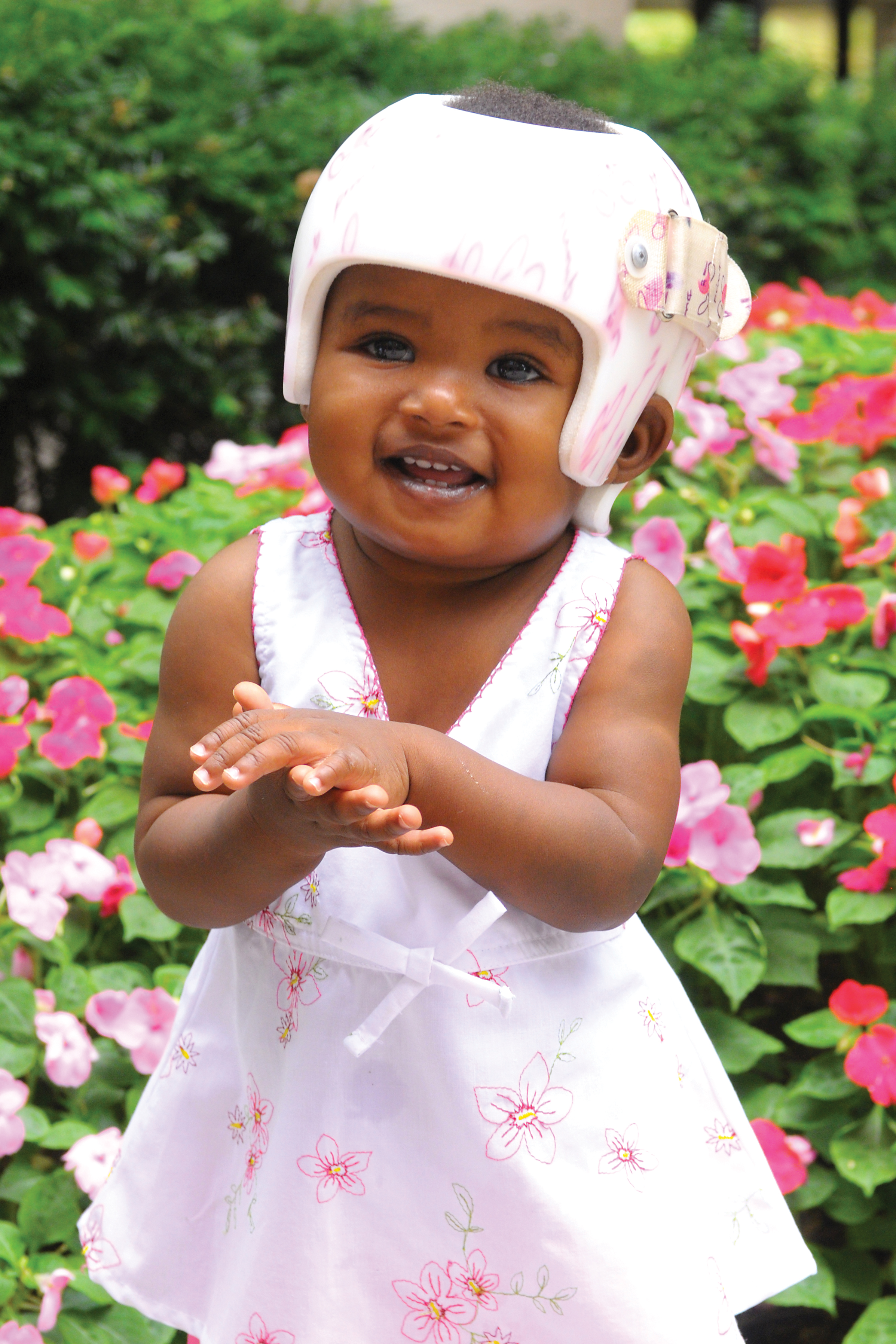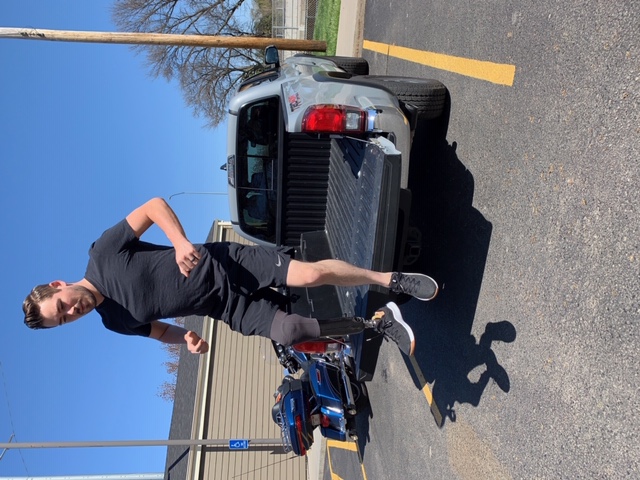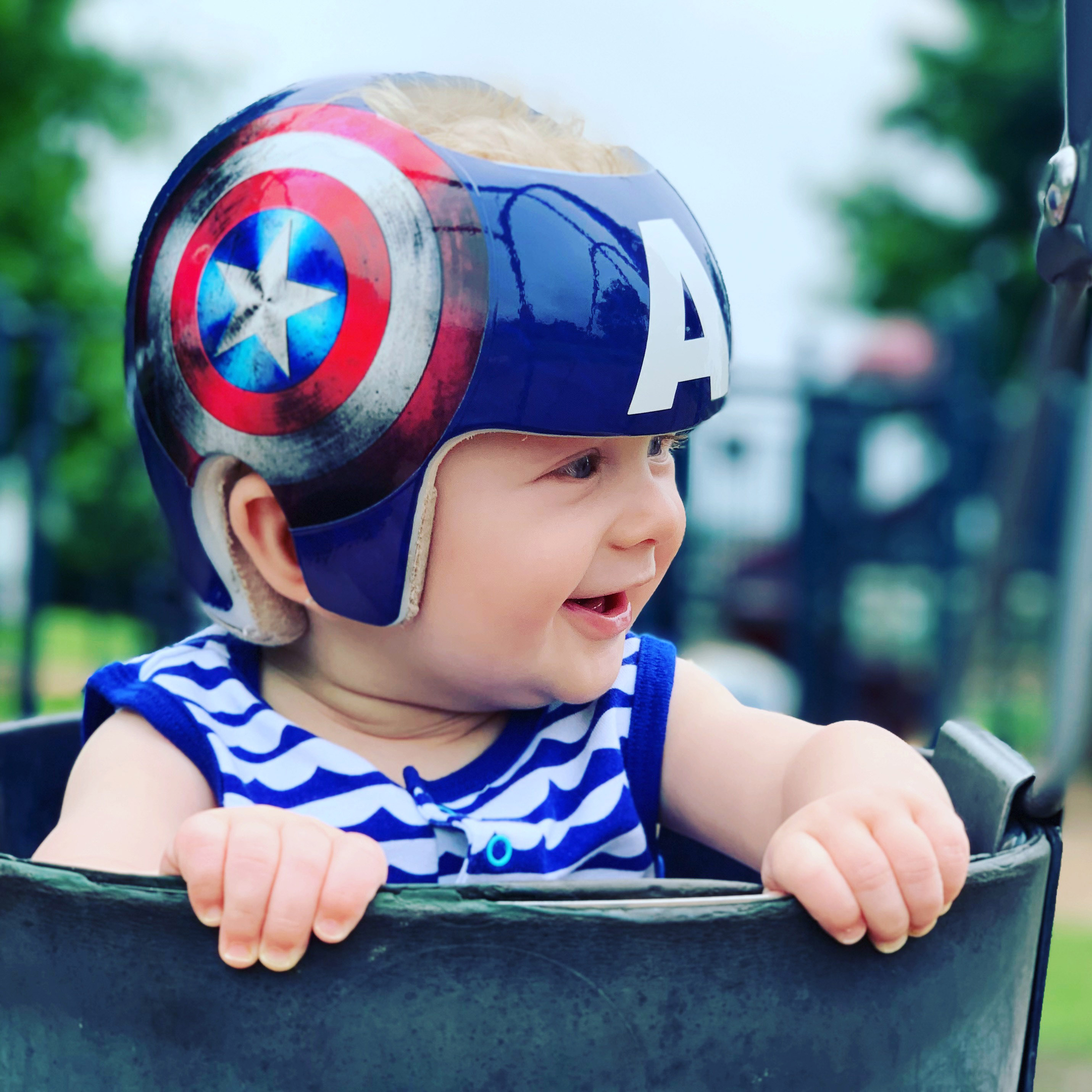About Us

Welcome to Premier Orthotics & Prosthetics
Our clinic is proud to serve patients in Lincoln and the surrounding areas through a variety of orthotic and prosthetic services. We are committed to providing the best care for each patient by working closely with therapists and other professionals.
Premier O&P values the opportunity to accompany patients and their families through difficult times and to celebrate large and small achievements. To ask questions or to schedule an appointment, please call our office at 402-420-0426.







